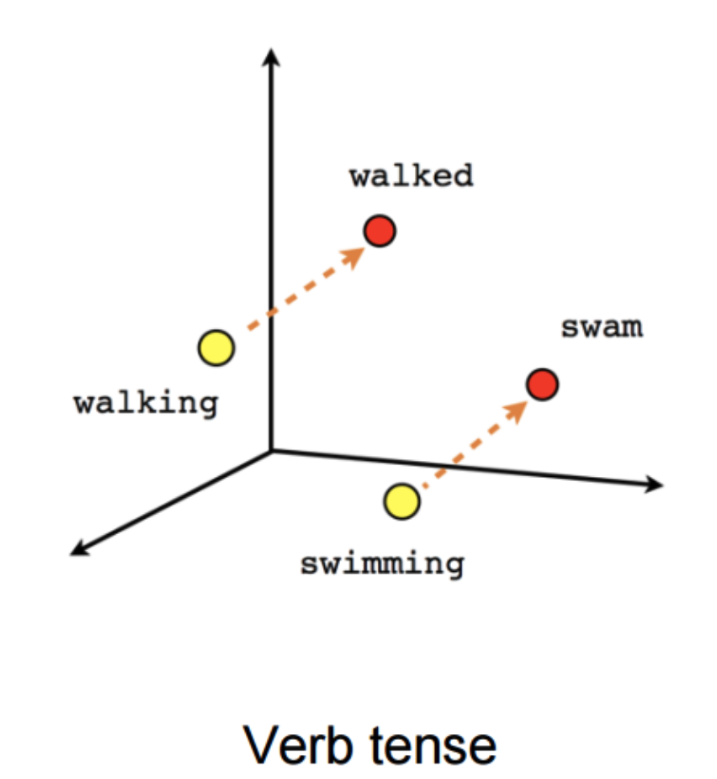Semantic search
Semantic search is the ability to search any document by its meaning or intent, rather than by the exact words it contains. It is based on the idea that natural language is inherently semantic, which means that two similar sentences will have similar meanings.
Up to now, the most common way to search for information is by using keywords. Semantic search adds a new layer of understanding to the search process so that the results are more relevant to what the user is looking for. Users no longer have to worry about using the right keywords to find what they are looking for. Instead, they can simply type in a question or phrase and get back relevant results.
What can I do with a semantic search service?
A semantic search service is like a super-smart search engine. Instead of just looking for exact word matches, it tries to understand what you really mean when you type in a search. It does this by figuring out the context of words and understanding synonyms. This way, it can give you more relevant and personalized results.
You can use a semantic search for a huge variety of use cases. These are some of them:
Empowering Large Language Models (LLMs) with Factual Grounding: Semantic search can dramatically enhance the performance of Large Language Models for specific use cases, ensuring quality, accuracy, and relevance of the outputs of the model by injecting context and therefore, reducing its scope.
Revolutionizing End-user Search Tools: Semantic search can redefine how end-users navigate data. From trawling through intricate websites to decoding comprehensive codebases or databases, semantic search equips users to query textual data in ways previously unimaginable, enhancing the overall user experience.
Optimizing Content Recommendation Systems: Leveraging semantic search, recommendation systems can understand the deep-seated interests and preferences of users, facilitating the generation of highly personalized content suggestions. This can significantly augment user engagement and satisfaction, whether it's for recommending movies, books, or even shopping items.
Augmenting Customer Support Services: Semantic search can be employed to transform customer service platforms. By understanding the customer's intent and context, it can assist in providing quicker and more accurate responses, reducing response times, and improving customer satisfaction.
Enhancing Social Media Monitoring: By decoding the semantic meaning behind social media posts, businesses can gain insightful understanding into customer sentiment, trends, and preferences. This can be pivotal in designing marketing strategies, improving brand image, and providing proactive customer service.
How does it work?
A semantic search service allows us to generate embeddings based on natural language text. An embedding is a semantic representation of a text in the "semantics space", an imaginary high-dimensional mathematical representation of all the possible semantics. In this space, each concept is associated with a specific point in a way that words or phrases that are similar from a meaning point of view are placed closer than those with different meanings. In short, an embedding is an array of numbers representing the text's meaning in the semantics space.
For example, If we were to represent the embeddings of the words swimming, swam, walking, walked in a very simplified visualization, we could see them like this:

Embeddings are useful because they allow you to compare pieces of text by their meaning rather than by their characters or other properties. For example, the embeddings of the sentences "I like apples" and "I like oranges" will be very similar, because the vector representation of the sentences is similar.
Overall, you would need to have the following components to have an end-to-end semantic search system:
- A system that can ingest text and create embeddings for it.
- A database that can store those embeddings.
- A system that can take a query and find the most similar embeddings in the database.
With eLLMental, instead of building all these components from scratch, you can use its different prebuilt modules to create a semantic search system. You only need to provide the configuration, and eLLMental will take care of the rest.